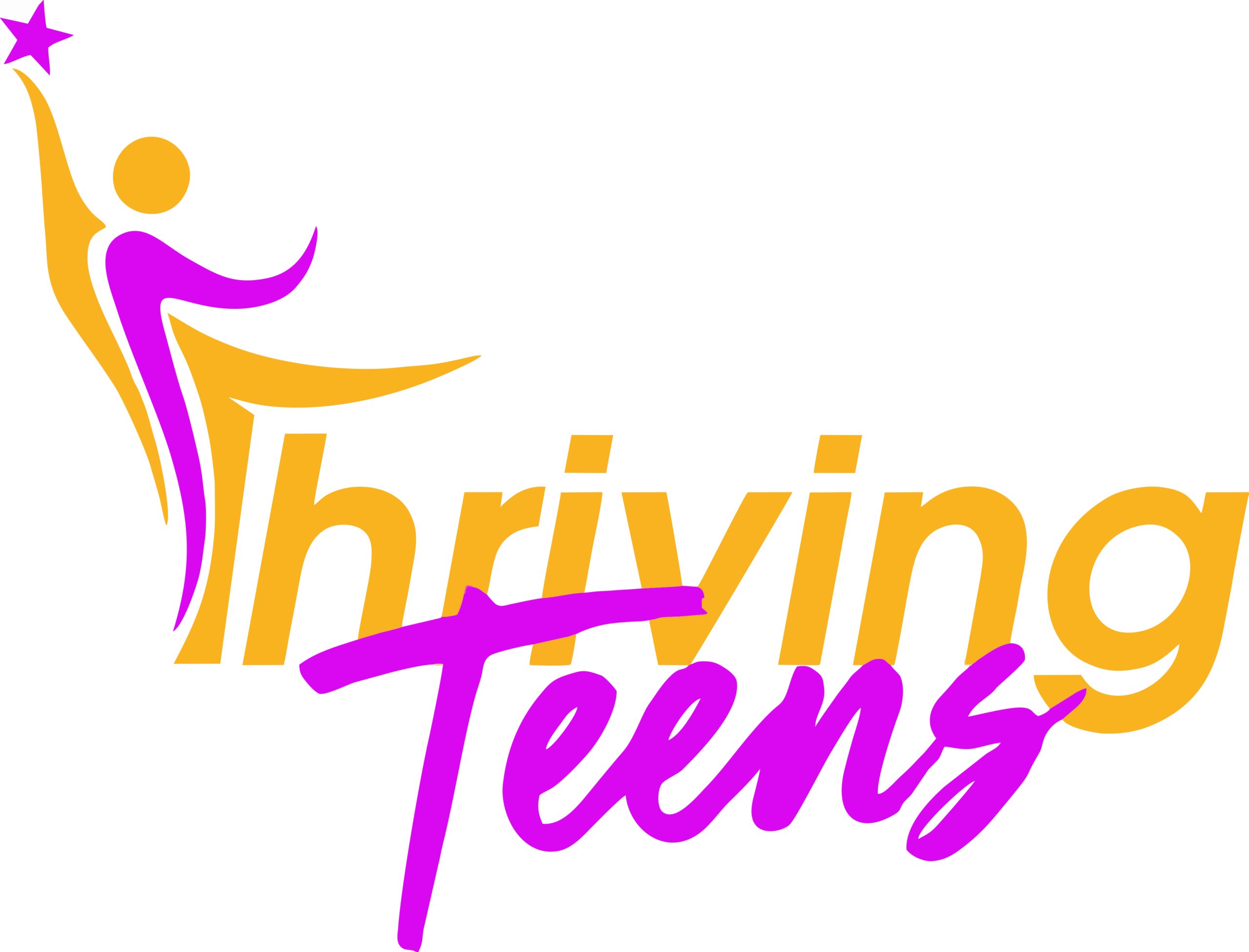What is Stigma?
People who are HIV-positive may be discriminated against or shunned in their communities because
of misunderstandings or misconceptions about HIV and AIDS in the community. Adolescents may be
particularly susceptible to negative attitudes and may be forced out of their school or home. They
are typically less aware of their legal rights, more vulnerable to financial hardships, and less able to
find and purchase care.
Knowing someone well or asking your partner about AIDS is an unrealistic way to assess potential risk. Monogamous relationships are not inherently safe. Abstinence is the only way to completely avoid HIV.
HIV and AIDS
Human Immunodeficiency Virus (HIV) – The name indicates that it is a virus found in
humans, that makes the immune system deficient (lacking in something) and therefore weakens
the system. The immune system is the body’s defence against disease. With a damaged
immune system the body is exposed to a range of infections and diseases. The person becomes
weaker and eventually develops AIDS.
Acquired Immune Deficiency Syndrome (AIDS) – Acquired means that it is passed from one
person to another; it does not just develop spontaneously. It is passed from exposure to an
infected person’s blood, sexual fluids or breastmilk. AIDS is a condition where the body’s
immune system is destroyed by HIV. It has no cure and eventually kills the infected person. It
can be controlled with drugs, but they are costly and not widely available.
Risky and Non-Risky Behaviours
These are examples of behaviours that are Definitely a Risk
Having sexual intercourse with multiple partners without condoms.
Sharing needles for drug use.
Sharing needles for circumcision or ear piercing.
These are examples of behaviours that are Probably a Risk
Being born to a mother who is HIV positive.
Getting a blood transfusion.
These are examples of behaviours that are Probably Not a Risk
Sharing a toothbrush.
Having sexual intercourse with a person using a condom.
Deep or (open mouth) kissing.
Definitely Not a Risk
Abstaining from sexual intercourse.
Kissing.
Being close to a person with HIV who is coughing.
Donating blood.
Using a public telephone.
Shaking hands with a person with HIV.
Hugging a person with HIV or AIDS.
Living with a person with AIDS.
Going to school with a person who has AIDS.
Being bitten by a mosquito.
Having a mutually monogamous and faithful relationship with a person who has tested negative for HIV.

